Following my last post on NZ Dotterels at Mount Maunganui, we have headed further North and had another, quite different experience. Probably the only similarity between the sites is that they are both dog excluded beaches. The differences at this Northland site are, firstly the beach has far less human traffic with only walkers and occasional fisherman, mainly on the weekend. Secondly the beach backs onto well established and vegetated dunes, behind which, lies an estuary. The whole area of dune spit is heavily predator controlled. There are some passing Red-billed and Kelp gulls along with some Caspian Terns but nowhere the aerial predator numbers at the Mount.
Walking along the beach on a Sunday afternoon, we encountered no birds in the fairly busy public swimming/dog walking zone but shortly after entering the dog free area we encountered an attentive NZ Dotterel with 3 young but capable chicks foraging amongst the flotsam low on the shore. Staying high on the beach to maintain our distance the adult ran at us to see us off. This was quite different to my experience at the Mount. Backing away I realised that the dunes were their refuge area and they were more comfortable with us between them and the sea than between them and the dunes. They relaxed and continued feeding and I managed some images.
Having now been here for the week and passing them each day it has been impressive to see their rapid growth as all three chicks flourish. They range confidently well away from their parent and crouch and freeze at the occasional gull overhead. Their colouration and patterns are incredibly effective camouflage. During the week the beach is much quieter and the adults far more relaxed, approaching closely and passing near a still and crouched photographer. The NZ Dotterel territories seem well defined with regular border discussions and chases along with some courting behaviour with birds earlier in the breeding process.
While the Mount Maunganui experience was encouraging but tempered, this experience has been fully positive. NZ Dotterels are feisty and tough and can survive and thrive in the environment that they evolved in. The struggles they face relate to us. Firstly, population density is an issue with implications in terms of climate change drivers, disturbance of sites by oblivious, self-centred individuals but also the detritus of our “civilisation” attracting increased numbers of their predators. The large number of gulls at the Mount are largely attracted to food related to human wastage. On this Northland beach far lower gull numbers reflect a normal pattern of gull survival on scavenged beach items and as such fewer eyes able to notice dotterel chicks.
Interestingly, on the beach at the Mount the Dotterels are far more relaxed around humans, possibly knowing that they can retreat into their taped enclosures, I also suspect they see humans as gull deterrents so are comfortable in closer proximity. None of the Northland birds has approached me as closely as the Mount birds.
Introduced mammalian predators are our next negative contribution to the dotterels. Where this is mitigated by heavy predator control they get on just fine. It is amazing to see all the species birds (Dotterels, Oystercatchers, Skylarks, Pipits, Lapwings) thriving in this controlled environment. This begs the question – in a resource constrained environment where should we prioritise limited funding? Predator control or protection of individual nests?
The efforts at the Mount to raise and sandbag a nest allowed 2 eggs to hatch and 1 hatchling to survive beyond 24 hours in a high risk environment. Sustained predator control has 3 hatchlings thriving.
Fortunately a lot of the work in protecting individual sites is done by motivated community groups and this can have a big impact at a local level and raise the profile of the birds and the nature of the threats. The more people that are aware and care, the more that will make the small changes to their lives that can cumulatively improve the situation. Predator Free New Zealand is an initiative that has huge potential but to realise this requires buy-in and effort from as many as possible. Again community groups have a big part to play in raising awareness and involvement and will be pivotal to the success of this initiative.
Tūturiwhatu/NZDotterel, and here we have only mentioned the Northern subspecies which is recovering, are only one of many impacted land-based species. Species, unseen by most, are our seabirds which need our protection (or more correctly, removal of our negative impacts) on land where they have to return to breed, but also at sea where they forage. This opens up the whole issue of marine sanctuaries and how to we protect species that move huge distances during their life cycles and rely on food sources that also move with conditions.
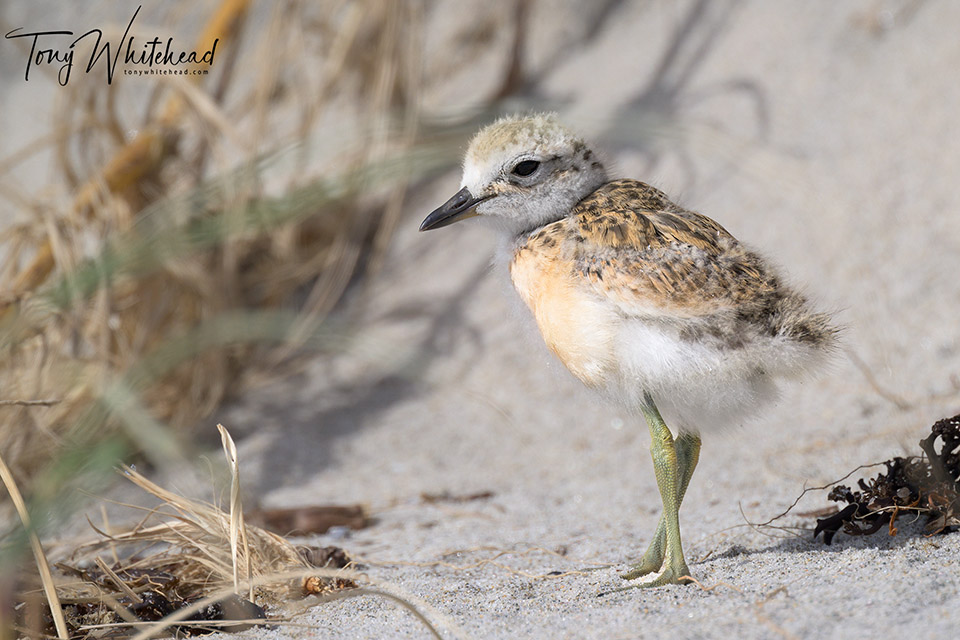
Photos with Nikon Z9 and Nikkor Z 800mm f6.3 VR S, some with 1.4x teleconverter
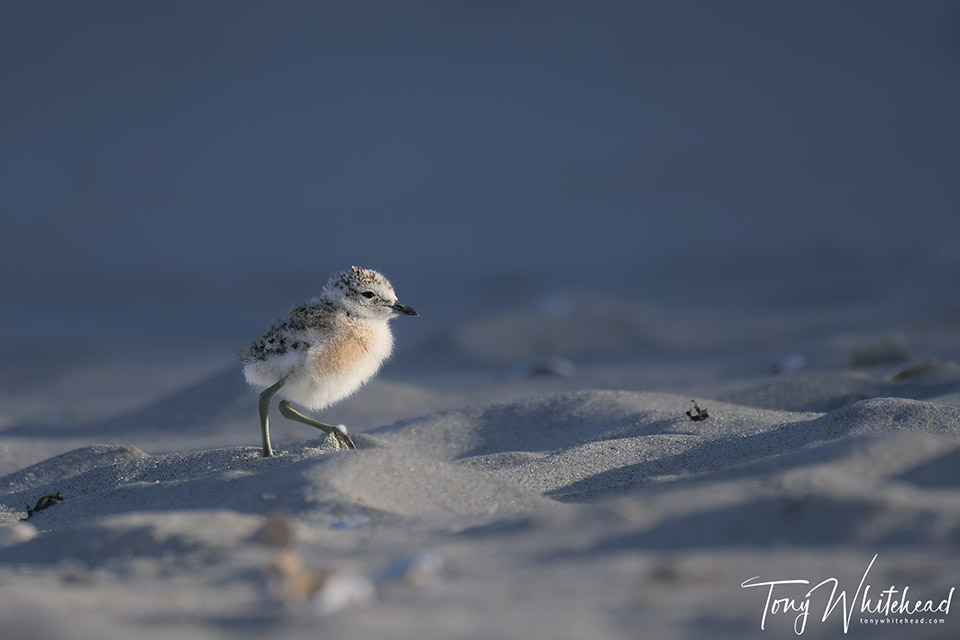
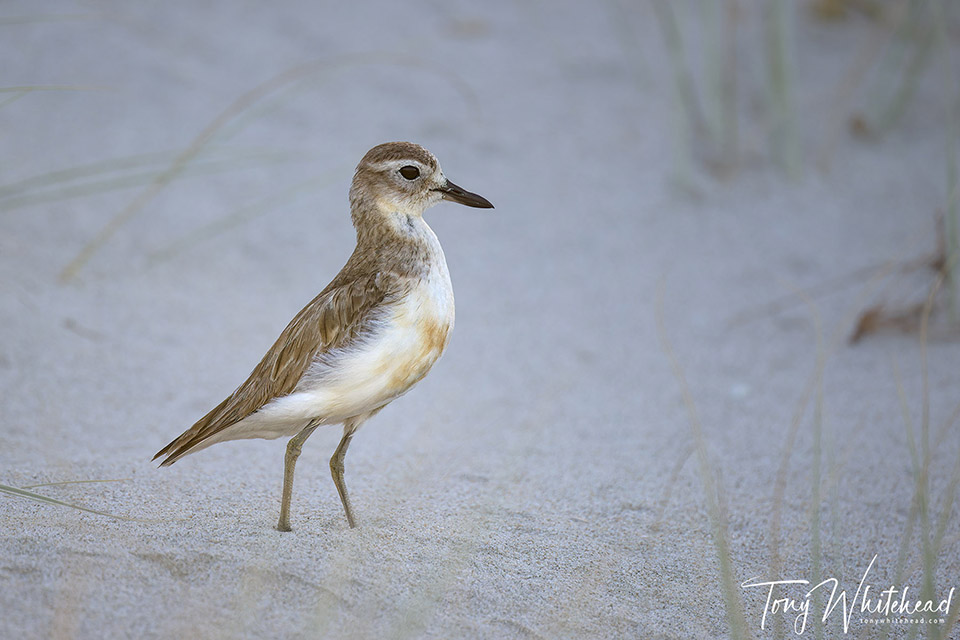
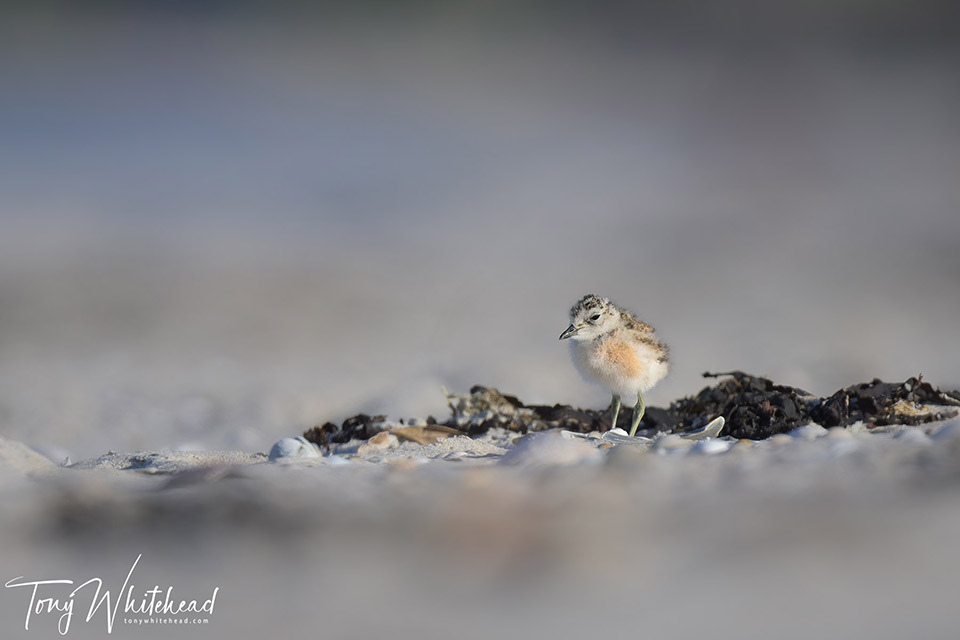
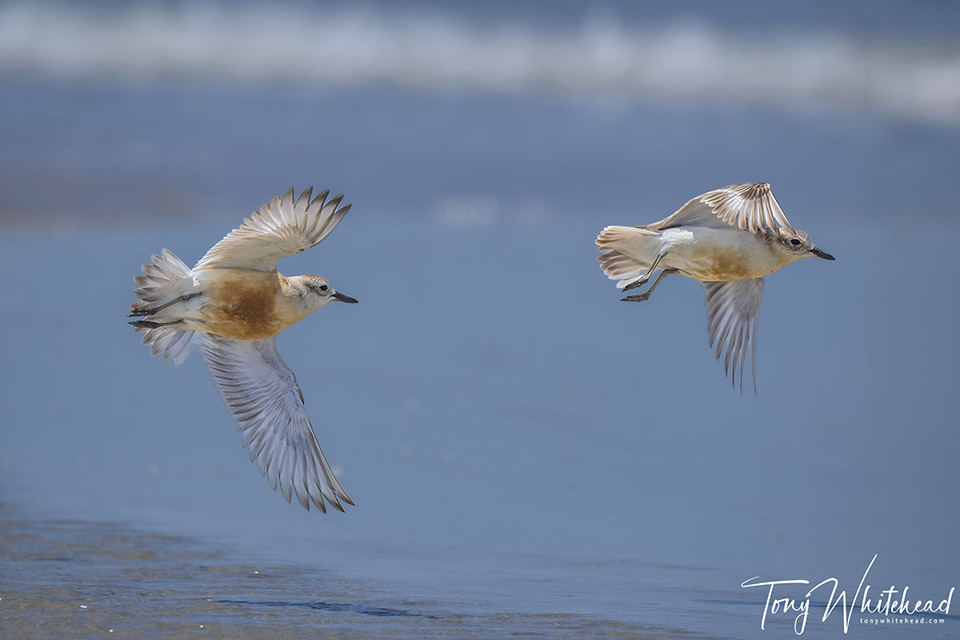
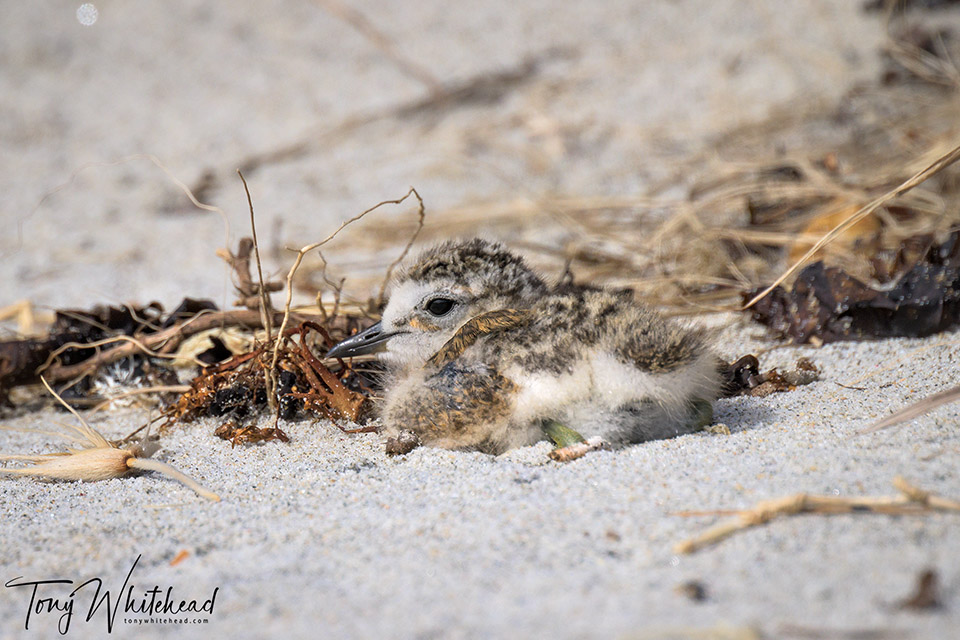
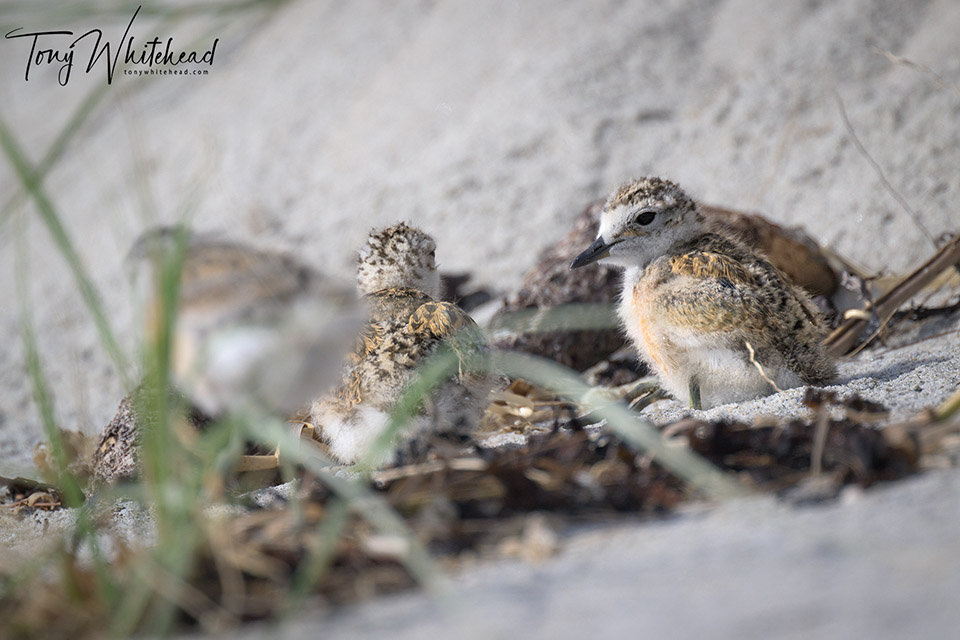
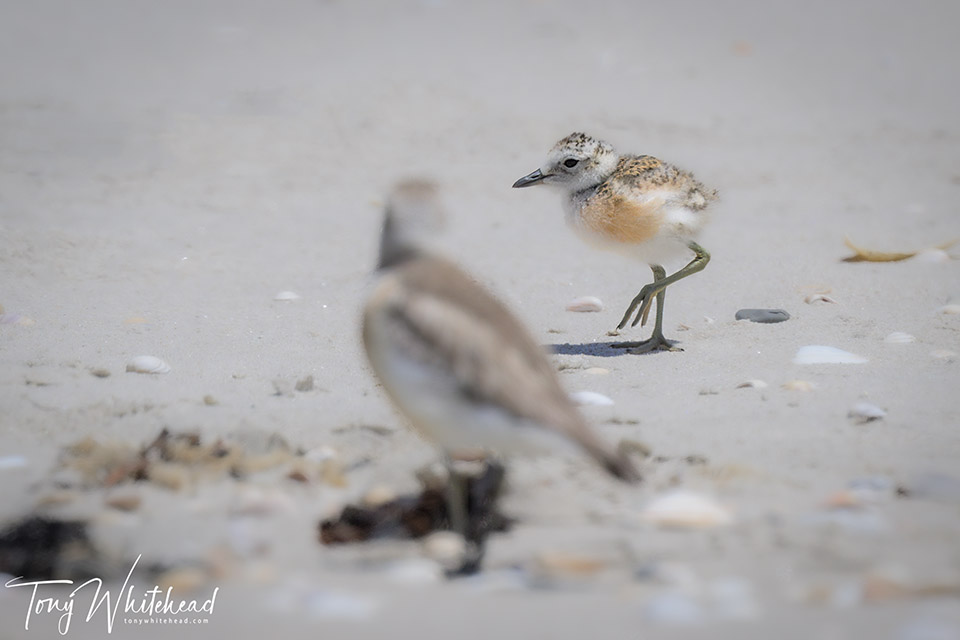
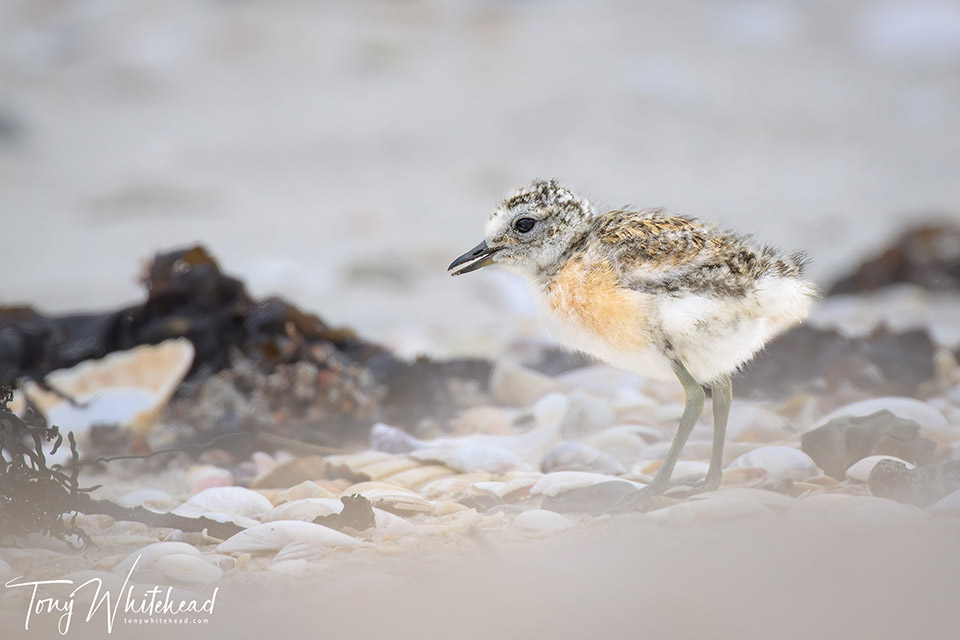
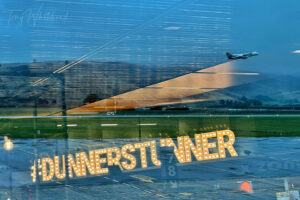
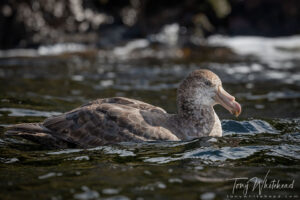
Alistair Owens
19 Nov 2023Another excellent post Tony. You are so right that all the problems this species has comes down to us, and self-centred behaviour of our species.